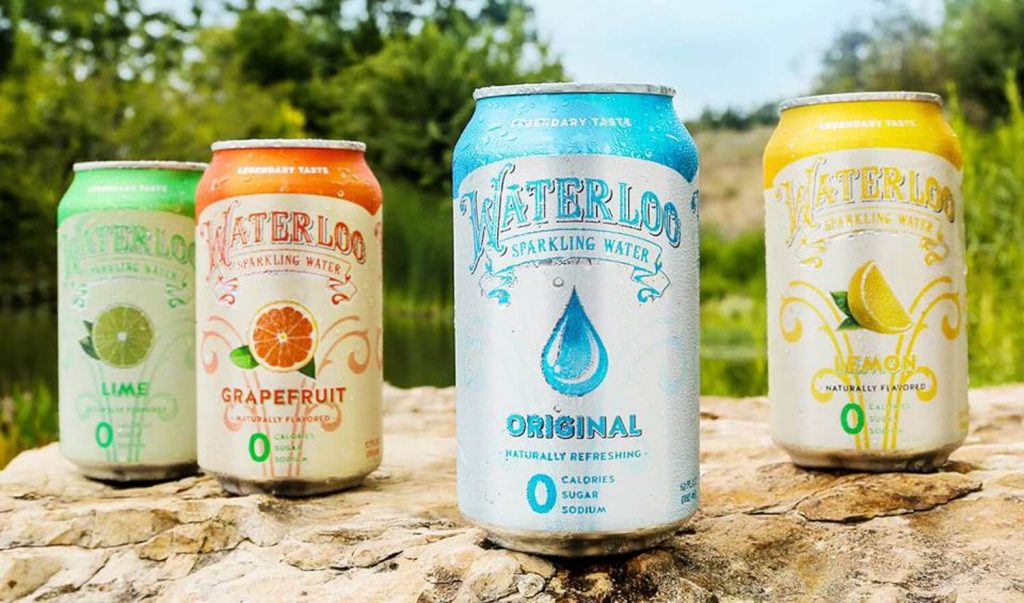The non-alcoholic soda category is the domain of big brands. At first glance, it may seem overwhelmed with products from the FMCG giants, but in fact, it opens up a rather attractive niche for offerings of smaller and more independent brands.
If you look closely at the $30 billion carbonated soft drink segment, you will notice two points: it remains one of the fastest growing categories, and there is always room for rapid success for newcomers.
One of the popular segments of non-alcoholic ready-to-drink (RTD) drinks has been quite hectic in recent years. The frenzy around soda in the 1980s and 1990s is over, and it might seem like the category is overcrowded, although, over time, this is the case for any popular category.
There is a decent number of examples of new launches that, on the one hand, develop the segment, and on the other, demonstrate possibilities for disruptive innovations that meet growing consumer challenges.
Which of the newcomers to the segment will become a “great brand” or will enter the portfolio of some drinking giant — time will tell. In this review, we have collected new items that can achieve any of these scenarios.
Medium Calorie Coke
The main agenda for all members of the segment is fundamental changes in consumption. First of all, the reduction in sugar consumption, which definitely affected the entire industry.
This global shift has been up for a few years. All the largest manufacturers (Dr Pepper Ten, Pepsi Next, Coca-Cola Life) were not yet sure that the new products would ensure the growth of the category of carbonated drinks 3-4 years ago, although they invested heavily in the development of «medium-calorie» versions of their iconic brands, but post-pandemic consumer search for healthier products is quite capable of recouping the investment made.
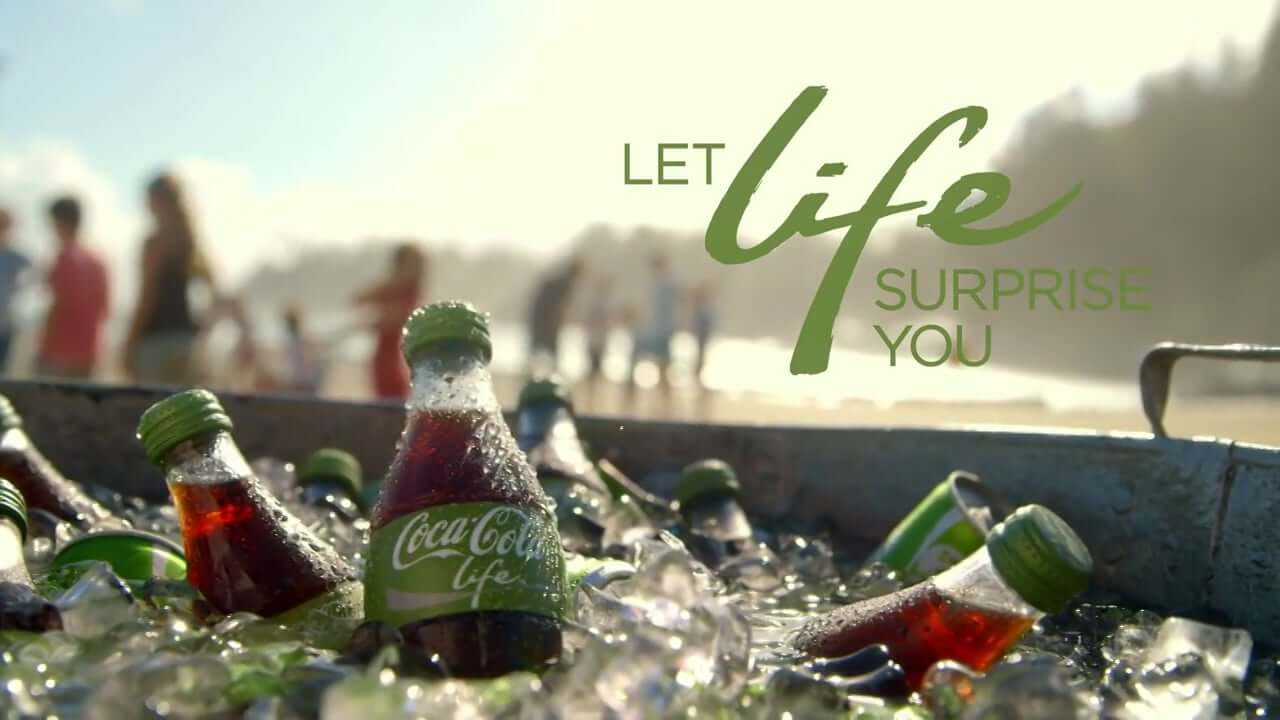
However, before the pandemic, the drinking giants reacted rather awkwardly to market fluctuations. For example, in fact, Coca-Cola Life was not something new. Although the product contained only «natural» sweeteners (sugar and stevia), while competitors used a combination of sugar and artificial sweeteners, the new cola was not marketed as either low-calorie or natural.
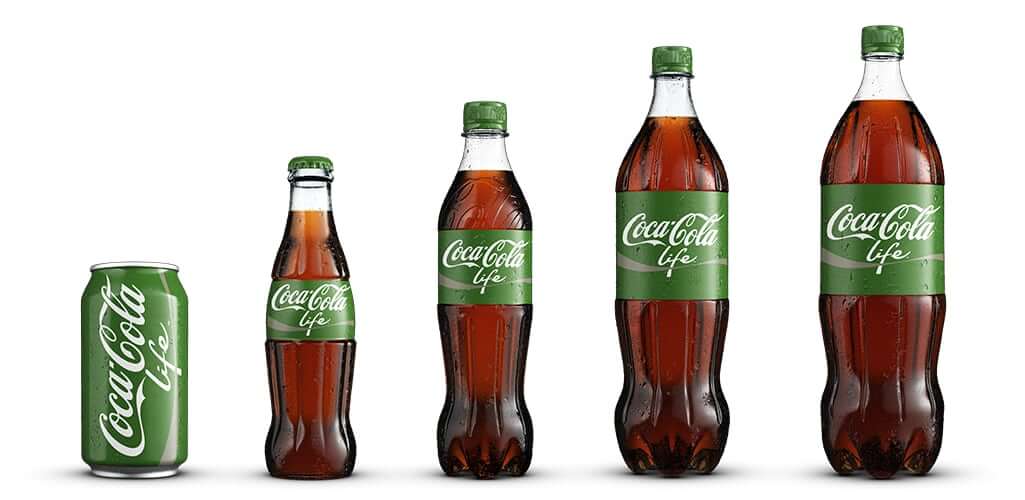
Coke Life cans and bottles have been tested in different markets (the new product was created in Argentina and Chile after five years of research). Ultimately, the manufacturer did not decide on the place of the product in its key market — North America, and “light” Coca-Cola became “such a local event”.
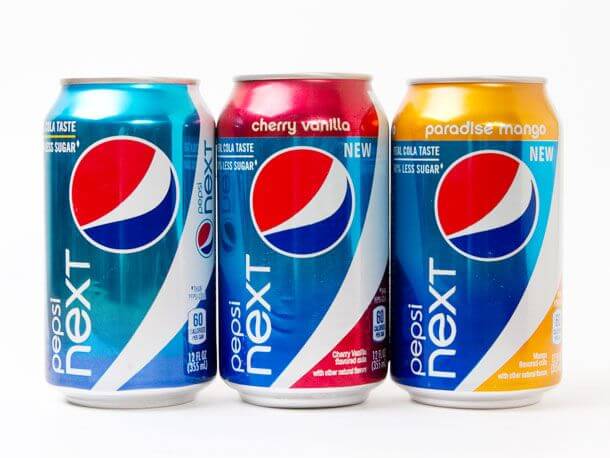
Apparently because Cola Life left the shelves of American stores worse than Pepsi Next, which has 60% less sugar and is more understandable for the mass American consumer who would like not 100 or 80 calories, but 50, «and better less.»
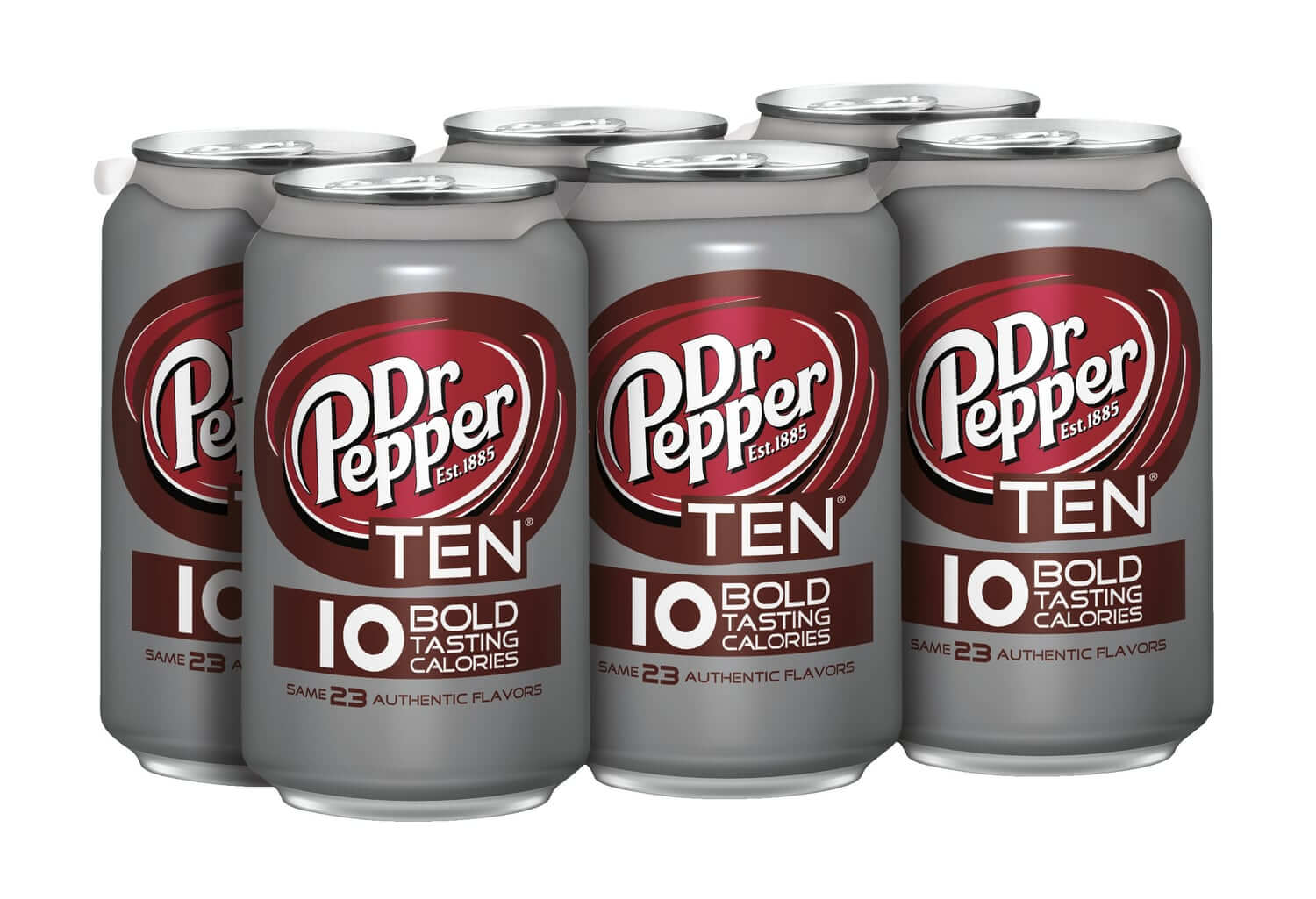
Even less successful was the mid-calorie version of Dr Pepper Ten, which never gained traction in North American retail despite the manufacturer’s best efforts.
The feeble achievements in non-calorie cola have shown the market that the choice of carbonated soft drink consumers between natural or artificial, healthy or unhealthy is still too simplistic.
According to analysts at Euromonitor International, US consumers are tired of coke and Pepsi not so much because they are unhealthy or unnatural, but because they want to try something new. Many non-alcoholic beverages containing «artificial» ingredients still do well in many sectors, from energy drinks, which have been growing over the years, to the hugely successful Sparkling ICE.
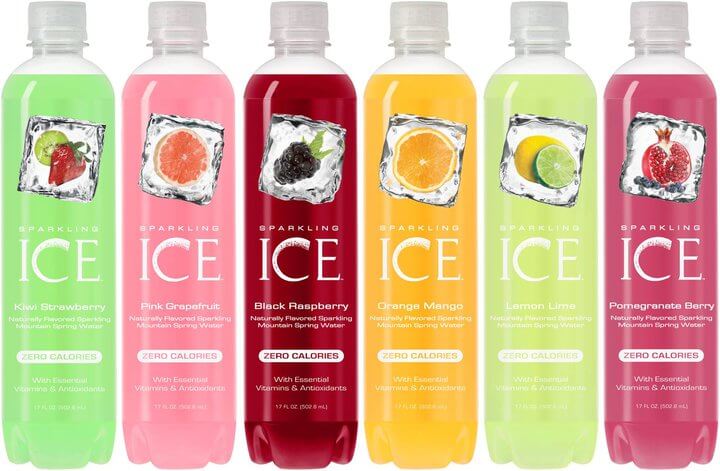
Sparkling ICE is, in fact, very similar to a diet soda, but it is not a diet soda. Consumers only “feel” that they are drinking something more natural, but in reality there is no trace of the product that makes it truly “healthy” in the eyes of consumers (Sparkling ICE uses artificial colors, sweeteners and preservatives).
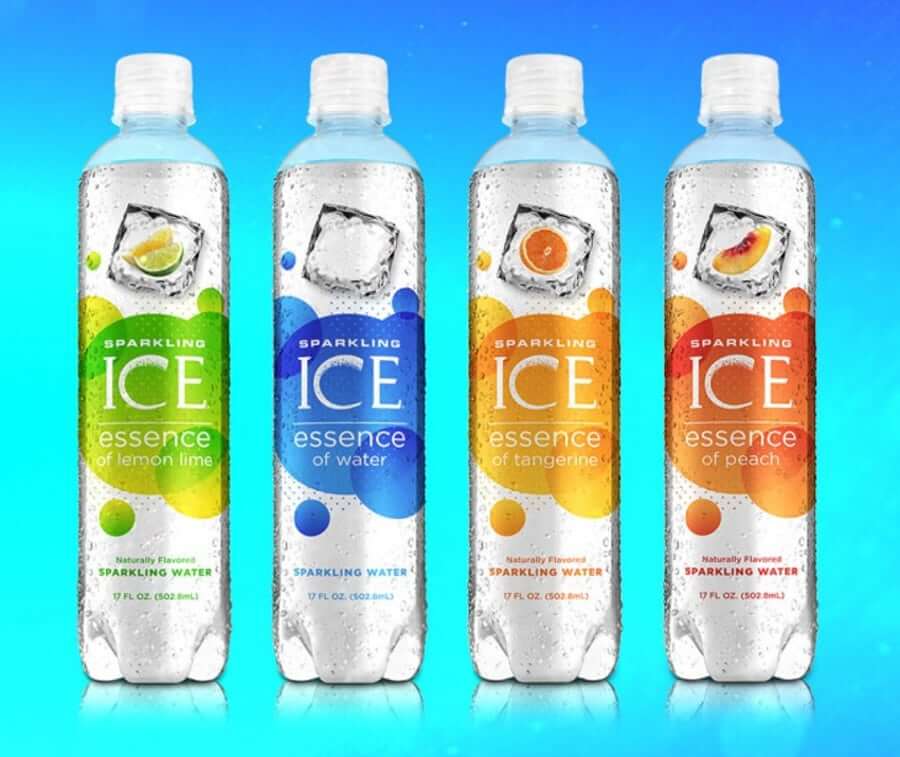
Although a year after the launch, the company tried to satisfy the needs of those who «still want fewer calories.» The brand launched its own line of sugar-free sparkling water, Sparkling ICE Essence. The expansion this time was carried out without artificial colors or preservatives, with natural flavors and zero calories. Sparkling ICE Essence 0.5L bottles are available at Target, Safeway and Stop & Shop for $1.19-1.29).
And then two things happened. It turns out that «all-natural» is an all-encompassing term that gets the beverage marketers in trouble. And COVID happened.
And here the constant concern of consumers about their own health forced manufacturers to reconsider their product strategies. But since it has always been a long process for the giants of the drinking industry, adjusting their product matrices has paved the way for newcomers to focus on product innovation. It is the young brands that have significantly corrected the relief of the non-alcoholic soda segment.
The Fastest Growing
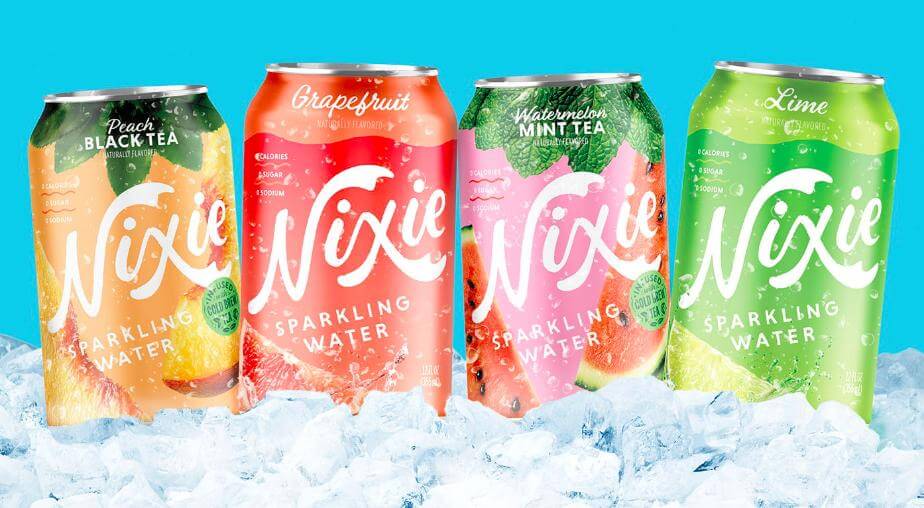
Since launching at the end of 2019, Nixie has become the fastest growing brand of organic sparkling water infused with natural teas. The company is currently ranked # 4 in the sparkling water category, with 52-week growth of 1,100% (based on brand data with sales of over $100K).
Founder Nicole Bernard Dawes has set a strategy for a company entering the retail market in the midst of a pandemic to create natural and delicious products, free of artificial colors and flavors that people will fall in love with. In addition, the startup’s business model was focused on providing retailers with an adequate supply of the company’s products.
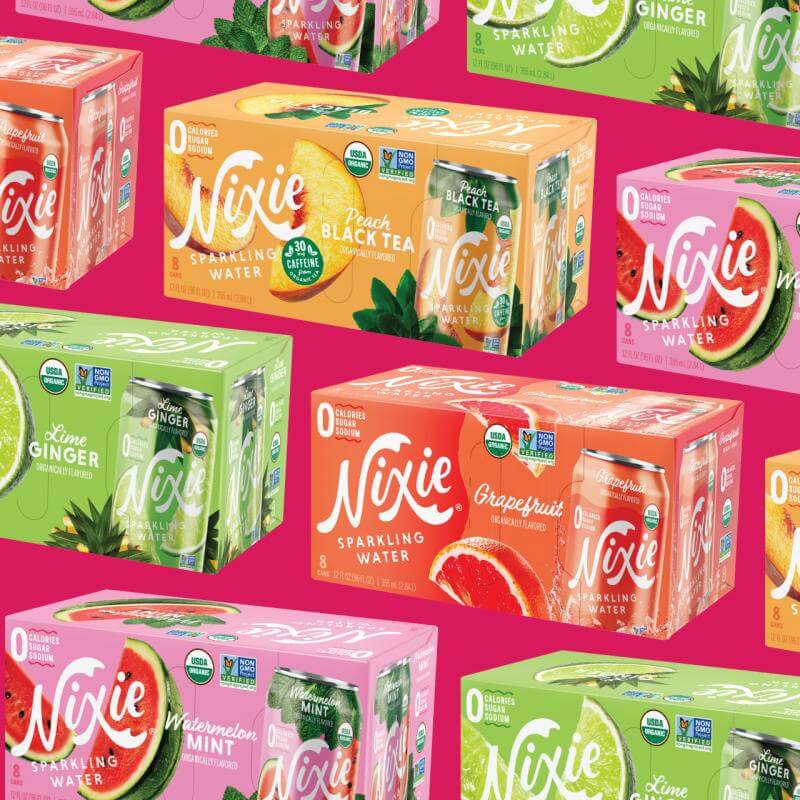
The most important thing about Nixie is tastes. According to Dawes, they are the most important factor for such rapid growth. The team spent an entire year developing a line of seven “signature flavors” SKUs: lime-ginger, watermelon-mint, grapefruit, lime, lemon, low-caffeinated black peach tea and green tea with pomegranate. Such natural, understandable and desirable for staying at home consumers.

Nixie is currently represented in 5,000 U.S. retailers with a presence in six Whole Foods Market regions, Natural Grocers Vitamin Cottage, the Southeast Coast at Walmart, and the South at Albertson / Safeway, and is also sold online at marketplaces including Amazon Prime.
Nixie seems to have beaten the Austin, Texas-based soda brand Waterloo in its success. The company was founded by Jason Shiver and Jeff Arnold with funds raised from the $ 1.6 billion sale of Amplify Snack Brands to Hershey. Launched in September 2017, Waterloo remains the most popular brand in the healthy soda segment.
This was appreciated not only by consumers, but also by investors. 3 years after its foundation, the company was acquired by a consortium of private investors, which includes private equity groups Eurazeo, Flexis Capital, Moore Strategic Ventures and JW Levin Management Partners, interested in more active brand development and having sufficient resources and experience for this.
Today, 4 SKUs (lime, lemon, black cherry and grapefruit) of Waterloo are sold at 13,000 retail locations in the US and Amazon.
Vintage Water
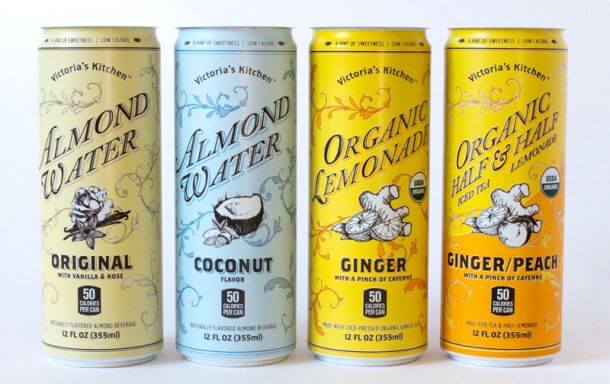
Prior to the pandemic, Los Angeles-based startup Victoria’s Kitchen became a blue ocean in the soft drink segment, organic lemonades made from natural almond water. The original, refreshing alternative to iced tea and lemonade «is based on a family recipe that has been cultivated in our family for generations.» — says the founder and CEO of the company David Menian, who grew up in France and moved to the United States in 2000.
The drink, which David began to make for his American friends using the technology of his grandmother Victoria, is made from purified water, cane sugar, natural flavors, citric acid and natural extracts of almond, vanilla and rose.
Victoria’s Kitchen warns not to confuse Almond Water with almond milk and coconut water. “If you are looking for energy or electrolytes, you are in the wrong place!”, The company says. «This is the water to quench your thirst and make you happy.»
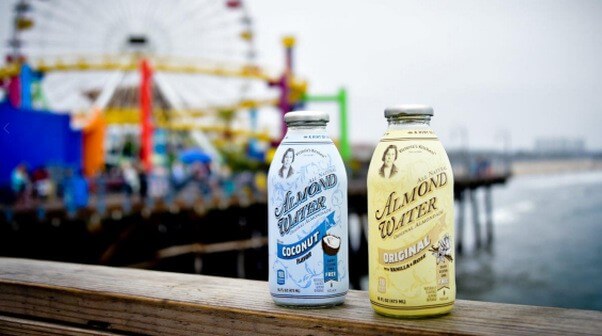
Almond Water was initially launched in 470 ml glass bottles, but a rather high retail price held back development. Therefore, in order to grow rapidly domestically, the company switched to filling in 355 ml cans. Each jar contains only 50 calories and the main fans of the brand are consumers focused on their health.
Customers love that the product is natural but not functional, and clear positioning helps the brand gain traction, securing listings on Target, Kroger, HEB, Whole Foods and Amazon, as well as a variety of independent retailers, where it sits next to lemonade and iced tea rather than juices and kombucha.
The original drink contains 100 calories per can, while the new product launched the year before last — semi-sweet organic lemonade with cold-pressed ginger and cayenne pepper — just 50 calories.
The pandemic has severely shaken the company’s business. The manufacturer is currently experiencing serious difficulties and is on the verge of bankruptcy.
PART II
